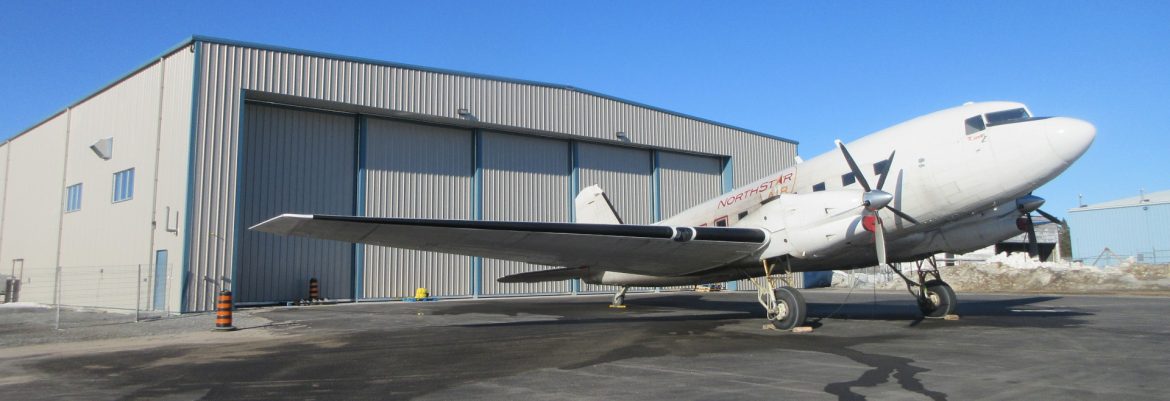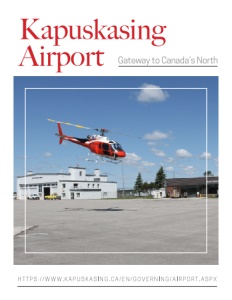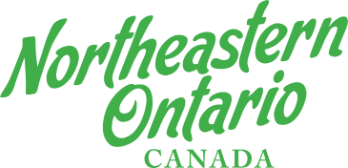Kapuskasing Airport
gateway to Canada’s north
Providing much-needed cargo and shipping needs to an underserved area, Kapuskasing Airport remains an aviation gem of the north
Many years ago, the Cree people settled on the shore of a bend in the river. That is the meaning of Kapuskasing in Cree, “bend in the river.” It would not be until the turn of the century, 1900 when the Bureau of Colonization of the Ontario Department of Agriculture sent parties to survey the region north of the Canadian Pacific Railway between the Quebec border and Lake Nipigon. Their main interest was to seek out new farming regions – but what they found were trees, and Kapuskasing became a lumber town. Kapuskasing was founded in 1911 after the National Transcontinental Railway, the forerunner of the Canadian National Railway, was built throughout the area.
Kapuskasing lies in the heart of an area of Northern Canada called the Great Clay Belt – it is a beautiful but rugged landscape: very flat, with numerous small lakes and muskeg bogs, and Boreal Forest. All the rivers here drain North to James Bay instead of East to the Atlantic or West to the Pacific. The district is heavily forested, mostly by thick stands of black spruce that have commercial value as pulpwood.
Back when the town was founded in 1910 there was an island in the center of the river. Power and storage dams were built at that location in 1923. Before the dam construction, the rapids at that location were known as the “White Spruce Rapids” and later known simply as “Spruce Falls”. The first Spruce Falls Lumber Company of 1920 took its name from these rapids, and a lumbering town was born.
Today Kapuskasing is a vibrant community of 8000 that boasts all the amenities associated with an urban center, there are museums and a golf course, artisanal cheese, and a lumberjack festival. It is still a lumber town but continues to grow in all segments of its commercial, industrial, and tourism sectors.
Chief among the amenities key to the area is the thriving Kapuskasing Airport. Primarily used as a hub to ship much-needed supplies and goods to remote communities, the airport also serves as an economic driver for the city and the surrounding area.
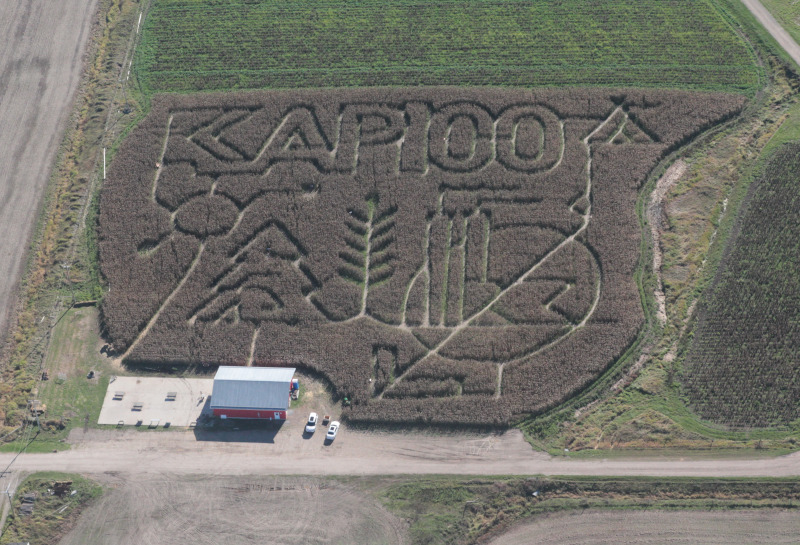
“This is also the airport closest to the North Coast,” explains Rock Robitaille, Airport Manager, “We serve the people on the James Bay coast by hauling freight out of Kapuskasing to three communities up the coast, Attawapiskat, Fort Albany, and Kashechewan. We also host evacuees in the springtime due to flooding in these communities. We have hosted five to six hundred evacuees here each spring for the last 13 years. We had commercial air traffic through Bearskin Airlines, but the demand dropped below what is sustainable for them, and now we are mainly a cargo airport.”
With a is 5506 X 100 feet asphalt runway, an administration building, as well as a cargo terminal, Kapuskasing Airport was run by Transport Canada until 1997, when the airport was decommissioned, and ownership was transferred to the city. By that point, Robitaille had worked his way up from ground crew to administration and stayed on as the director. In the Canadian system, only a commissioned, passenger airport qualifies for government funding and so the last few years have seen a focus on what is needed for cargo and continued economic growth.
“We are looking for business opportunities,” says Robitaille. “We can accommodate almost any request. We have hangars, we have private outfitters, we have mechanics, we even have a crematorium out here at the airport,” he adds with a laugh, “so whatever you need, we can help arrange it. We are open for business,” he describes.
One of the more interesting businesses located on the field is a General Motors Cold Weather Development Centre. Since opening in 1973 GM has used this facility to test over 300 vehicles a year to determine how they function in the extreme cold. The facility sits on 272 acres and includes 30 Cold Cells that can recreate -45-degree Celsius weather.
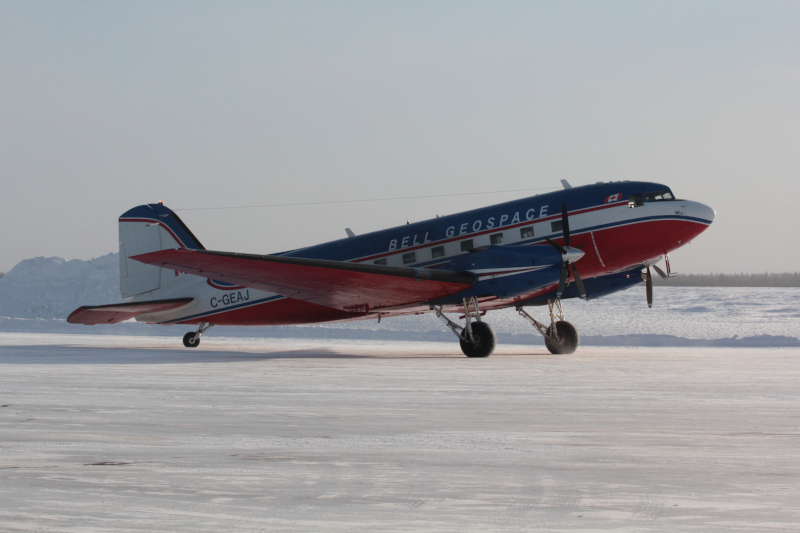
With roots in the bush plane business of hauling hunters in and out of the woods, North Star Air grew from a couple of de Havilland Beavers to a fleet that now includes DC-3 Cargo planes. Headquartered in Thunder Bay, The Kapuskasing Facility has its logistics, pilots, and maintenance employees. North Star now serves the cargo needs of 54 remote Northern communities with its fleet of 18 aircraft and 280+ dedicated employees.
“Covid grew our business,” explains Robitaille. “As the communities became more dependent on cargo being shipped in. The increase is approximately 30 percent. This means we are seeing a lot more flights in and out – which means when it comes to maintenance and upkeep, we are probably going to have to do an upgrade of our runway within the next five years.”
Since there is no government funding for what ends up being millions of dollars in restoration and maintenance fees, Kapuskasing Airport relies on the partnership with North Star as well as fuel sales to balance their budget. North Star, roughly speaking, flies three cargo loads a day for six days a week.
The airport is seeing over 2,000 cargo movements each year. This also means fuel sales are around 1,000,000 liters (792,516 gallons) per year. Robitaille points out that there are often other companies doing business who use the airport as well – there is a hydroelectric project that is using the airport for staging right now who are flying in and out a few times a week.
“Some of the other initiatives we are looking at for the new year are based around the idea of improving the quality of the airport. An example of this would be doing a complete mill and overlay of the apron, which for the last few years has been repaired as needed, leaving a combination of old and new pavement. That project is slowly in the works,” says Robitaille.
“When you are depending on only one source of funding you have to prioritize, and sometimes it is hard to convince a city that they should spend a million dollars on an apron or five million on a runway. We have to justify expense over benefit,” Robitaille notes.
Looking ahead to the future of the airport and to the job that Robitaille has prospered in for decades, he points out the ingredients needed for success.
“The thing is, I still love what I do,” he concludes, “I love coming to work every day and I love how there is always something new to deal with. As I like to say, there is not one storm that is the same. And when you get to put your creativity into what you do, it makes it interesting and fulfilling.”
“There are some unique challenges to working at a smaller airport, and there are some unique challenges to working with cargo. And the thing is, I know we are never going to be a larger commercial airport, but we are still thriving as we are. My biggest challenge is the funding, but we do what we can with what we have and the future is continuing to look bright,” he predicts.
AT A GLANCE
Kapuskasing Airport
WHAT: A general aviation airport specializing in cargo
WHERE: Kapuskasing, Ontario
WEBSITE: https://www.kapuskasing.ca/en/governing/Airport.aspx
